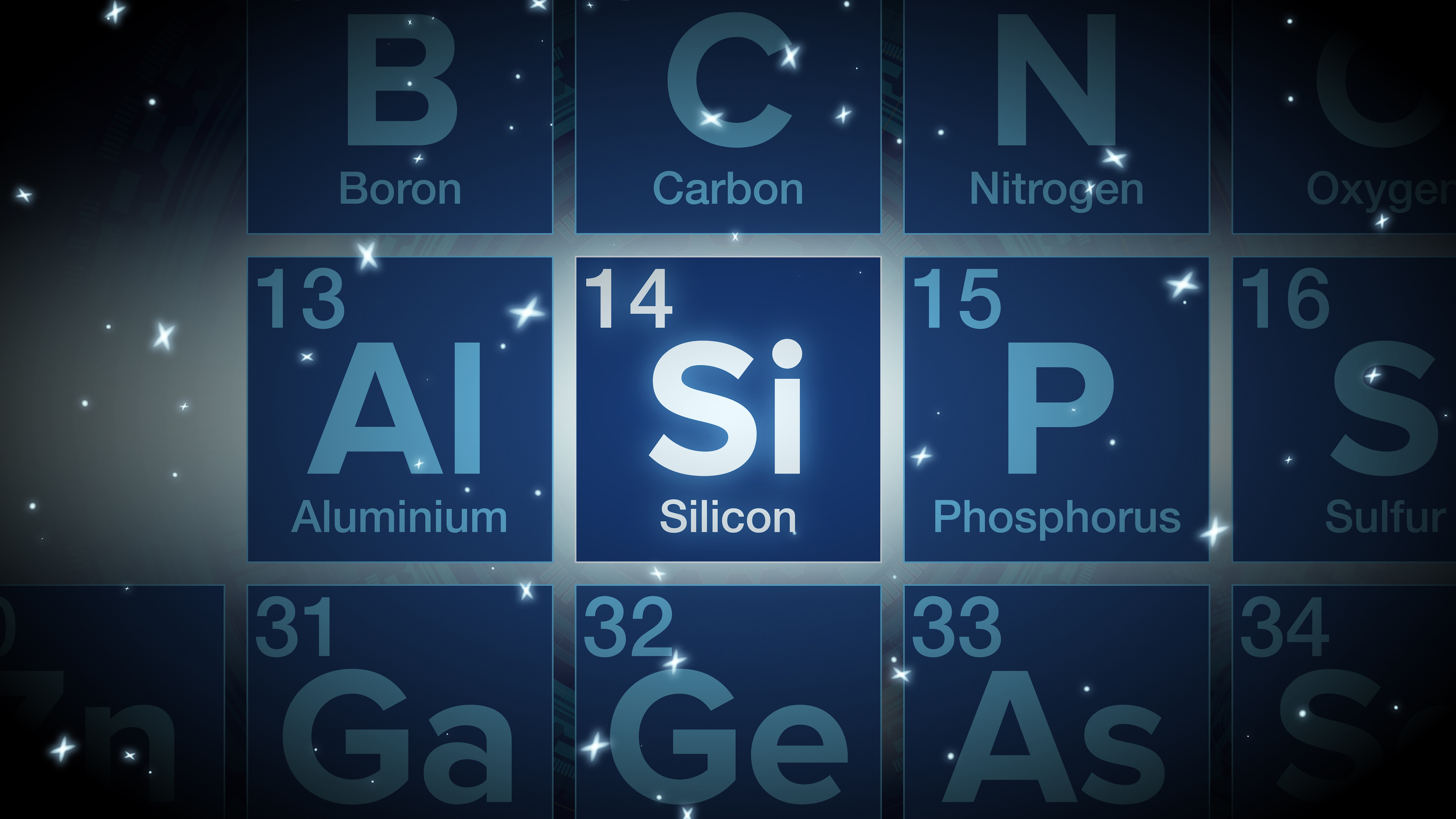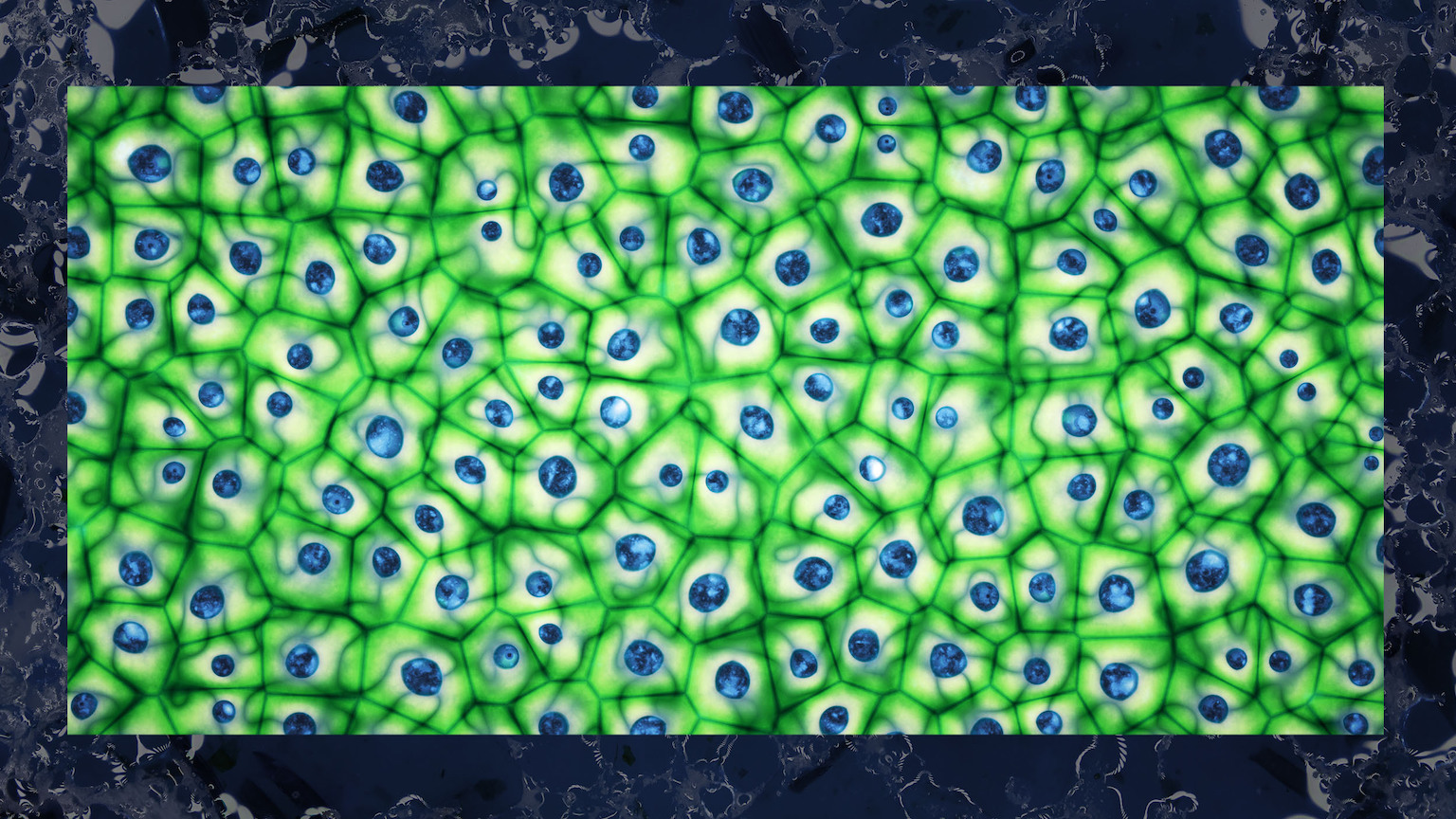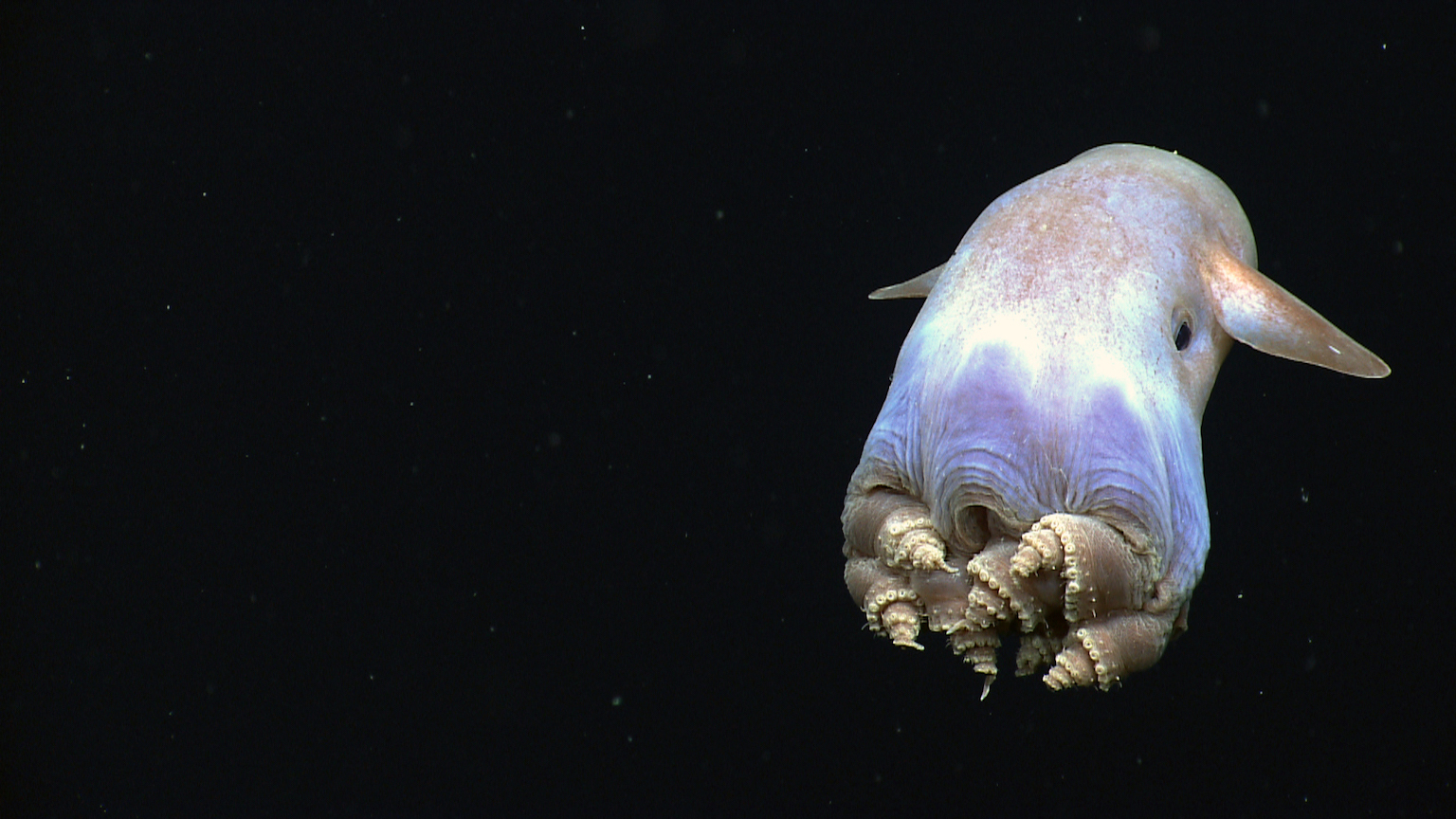Carbon may not be the only basis for life. We need to look harder

- Science fiction narratives often posit the existence of silicon-based life forms elsewhere in the Universe.
- It’s certainly possible, but the chemistry is more difficult. On Earth, carbon dominates because of its superior ability to form a wide variety of compounds, while silicon gets trapped into rocks quite easily.
- We need to be more open-minded and less Earth-centric in our hunt for life in the Cosmos.
When we search for life on other planets, what we usually mean is that we are looking for life as we know it — life based on carbon, which requires liquid water and uses light or chemicals as its energy source. This makes sense when searching for life on a (fairly) Earth-like planet like Mars. But does it make sense for other planetary bodies, especially those outside of our Solar System?
One common suggestion in science fiction is that carbon could be replaced by silicon as a major building block of life. You may remember the Horta from the 1967 Star Trek episode “The Devil in the Dark” or the silicon life forms in Isaac Asimov’s short story “The Talking Stone.”
Why carbon dominates Earthly life
But on Earth, organic chemistry means carbon chemistry. This is due to carbon’s incredible versatility in forming complex, stable molecules — not just with itself but with other elements, particularly hydrogen, oxygen, and nitrogen. There are millions of carbon compounds, and many of them are essential for life as we know it — from proteins and DNA to gaseous methane and carbon dioxide, which are critical for the metabolism of many life forms on our planet.
On Earth, it wouldn’t work to replace carbon with silicon as an ingredient of life. The realities of biochemistry on our planet wouldn’t allow it. Elemental silicon would be quickly and furiously oxidized into silicates (rocks) when exposed to atmospheric oxygen. The same thing would happen to elemental silicon exposed to liquid water. On Earth, most rocks such as granite and basalt are built from silicate minerals, which are based on a silicon and oxygen framework. Any free silicon would be bound in this framework and would be inert — that is, unable to combine with other elements — at moderate temperatures. Silicon would start to combine with other elements only at very high temperatures in, say, magma chambers. But even then, according to a paper led by Janusz Petkowski from MIT, the strong silicon-oxygen bonds would all break at about the same time, which would make them unsuitable for biological processes.
That doesn’t mean terrestrial life has no use for silicon, however. Common algae known as diatoms require silicon for growth. And without silicon, plants wouldn’t have the ability to remain erect yet flexible. Silicic acid is found in the connective tissue of hairs, nails, and skin. And when a bone is broken, high levels of silica are found around the break as it heals.
A silicon way of life
Ironically, Earth is a silicon-rich planet. So if there’s no chance for silicon-based life on Earth, wouldn’t that disqualify other planets like our own? Not necessarily. A prerequisite for silicon-based life is that an exoplanet or exomoon not have significant amounts of free oxygen or liquid water. In that case, organic silicon compounds could exist. In such an environment, silane (SiH4) could replace methane (CH4). So-called polysilanes (compounds with multiple SiH4 groups) could be the start of an alternative biochemistry.
How might such a world look? The closest analog in our Solar System is Saturn’s large moon Titan, which is not only free of oxygen and liquid water but is also very cold, which would be beneficial to life based on silanes. Life on Titan would require a different solvent than water, however. The moon’s liquid methane and ethane lakes might work. But Titan has lots of carbon, which might outcompete silicon in bonding with other elements. On a world with slightly warmer temperatures than Titan, methanol might work as a possible solvent for silicon-based life.
One surprising finding in the paper by Petkowski was that sulfuric acid — which we normally think of as deadly — could theoretically support a rich diversity of organic silicon chemistry. There are two places in our Solar System with lots of sulfuric acid: the lower Venusian atmosphere and the near-subsurface of Jupiter’s moon Io. It may be far-fetched to speculate on these locations as havens for life, but we have to let go of our Earth-centric views to consider all possibilities. Life has often surprised us in the past. And if we ever venture outside of our Solar System, we may discover many planets and moons beyond our imagination.
Alternative biochemistry
So far, we have only talked about worlds orbiting stars or planets. What about “rogue” planets, which wander through the Universe unattached to any star? They might use thermal energy instead of stellar radiation as a main energy source. On Earth, sunlight sustains life because there’s plenty of it. But on a neutron star or magnetar, life may harvest the energy from the star’s magnetic field. Gerald Feinberg and Robert Shapiro even proposed that different alignments of magnetic moments could be used as a mechanism to transfer information from one generation to the next, just as DNA does on Earth.
As of now, astronomers have been able to detect only a few organic silicon compounds in outer space, and carbon compounds seem to be much more plentiful. Carbon may very well predominate with alien life. But there still might be a few planets on which silicon-based life evolved.
Of course, if we think about future evolution, even on our own planet, the door for silicon-based life is wide open. Some definitions of life include self-replicating machines that (someday) could assemble themselves from raw materials, then transfer the assembly instructions to the newly built machines, which could repeat the fabrication process. One day that form of “life” may dominate the rather primitive carbon-based life forms that currently run the show on Earth: Us.





